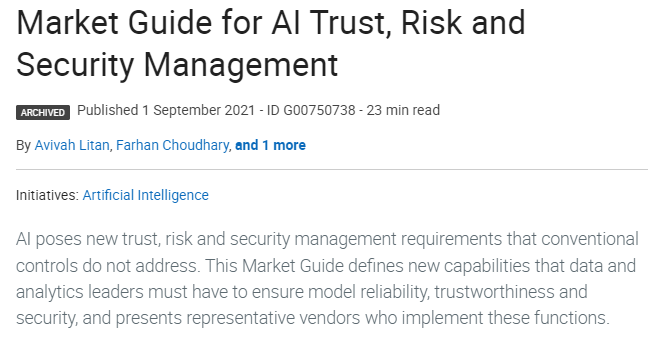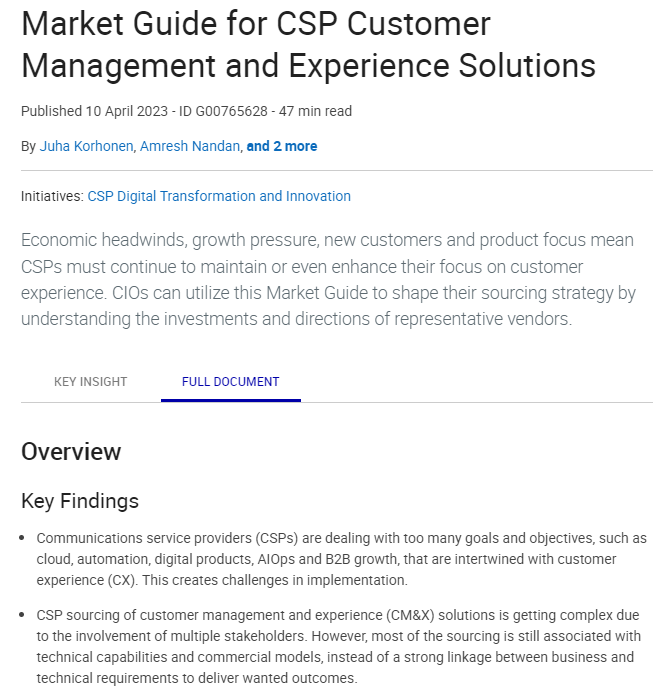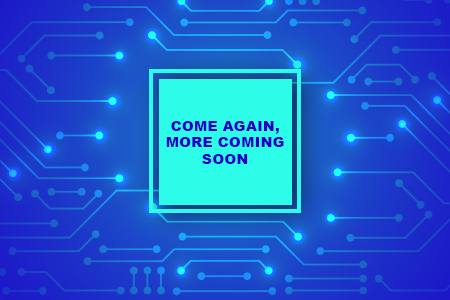Digital Payments: Money Transfer Anytime, Anywhere and Anyhow
Digital Payments: Money Transfer Anytime, Anywhere and Anyhow
Digital payments boomed during the pandemic, and their appeal doesn’t seem to be waning. Although bank transfers and card payments are still a thing, new modes of electronic payment are on the rise. And that’s excellent news for users and merchants.
Options galore for digital payments
A digital payment involves the transfer of funds from one account to another via electronic means. One could make a digital payment via SWIFT, at a merchant’s point-of-sale (POS) terminal, as well as through a smartphone or a computer.
Merchants nowadays offer two types of electronic payment systems:
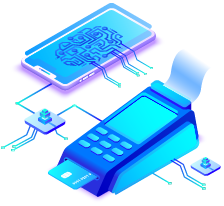
POS payment systems cover standard credit card and debit card payments. They also include RFID-enabled devices that facilitate contactless card payments.
Contactless payment systems encompass mobile apps, e-wallets, and QR codes, among other options.
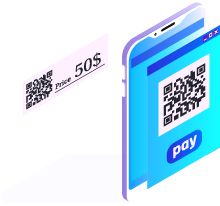
Also making waves are ‘buy now, pay later’ (BNPL) schemes, and payments through wearables and cryptocurrencies. And open banking processes could enrich the payment experience even more.
Open banking effects on payments
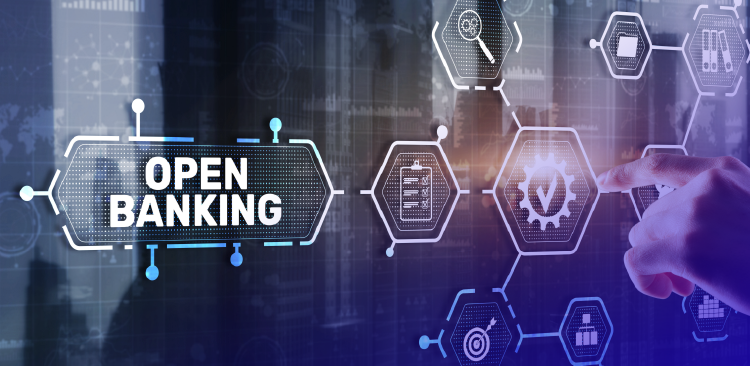
Open banking is a process through which banks share customer data with other financial products and service businesses. Access to the data is provided through code called application programming interfaces (APIs). Of course, the customer must provide consent first.
The information accessed includes:
- Accountholder’s name
- Type of bank account held
- Currency used
- Transaction details
The last of these is particularly useful to the third-party financial companies that access the customer information. It allows these businesses to predict and recommend products and services that might interest the consumer.
Users don’t even need to explore options on the bank’s website or app. Tailored products and services come directly to the digital device from which users transfer funds and make payments. The purchase experience is more seamless—and potentially cheaper too!
Trimming the fat off digital payments
It’s 2022, and most people are accustomed to paying electronically via credit and debit cards. Just swipe or tap the card at the merchant’s physical or online POS terminal, key in the password, and voila! Payment is completed in a matter of seconds.
Although this looks simple on the outside, plenty is going on behind the scenes. Let’s take a closer look:
- The customer provides their credit card info at the merchant’s checkout queue.
- The merchant processes the information and requests authorization to accept payment.
- A payment gateway sends the information to a payment processor.
- The payment processor routes the information to a credit card network.
- The network sends the information to the credit card issuer.
- The credit card issuer authorizes the transaction and sends its response to the credit card network.
- The credit card network sends the response to the acquiring bank.
- The acquiring bank sends the response to the merchant.
- The merchant accepts the payment and completes the transaction.
That’s nine steps right there and with multiple players involved. For one thing, this calls for secure payment systems to ensure transaction safety. For another, the multiple touchpoints push up transaction costs.
The payment gateway, the payment processor, the credit card network, the credit card issuer, the acquiring bank—every single player has a fee, and it all adds up. Who bears the costs? The customer does, through annual fees for the card and transaction charges to the bank.
Open banking has the power to simplify that transaction considerably. And while the credit card payment called for multiple intermediaries, the new-age digital payment needs a single connector called a payment initiation service provider (PISP).
Let’s assume the user has given consent for data sharing to a particular PISP. The PISP can directly access the user’s bank account while making payments. Here’s what the transaction process would look like:
- The customer initiates the payment through their PISP at the merchant’s checkout queue.
- The PISP connects the issuing bank with the acquiring bank to complete the payment.
- The customer provides consent through biometrics or password authentication.
- The merchant accepts the payment and completes the transaction.
The steps required have dropped to just four! Payment via a PISP thus eliminates the need for payment gateways, payment processors, and credit card networks. Bank fees come down and the PISP issues a small service charge.
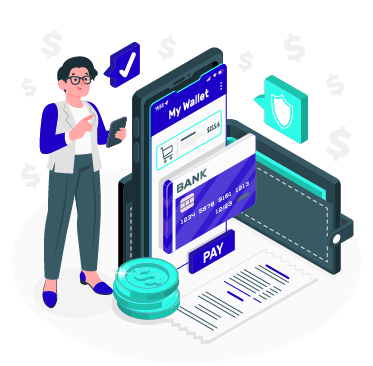
User convenience at the forefront
The simplification of digital payments makes life simpler for users everywhere. Here’s a closer look at how customers are gaining.
- Money management with e-wallets: Digital wallets allow users to access and manage multiple bank accounts on a single mobile app. No more switching between banking platforms while transferring funds or checking if payments have cleared. And shopping transactions get done in just a few taps. It’s all so easy that 15% of digital wallet users in the United States regularly leave their homes without a physical wallet (Source: McKinsey).
- Collaborations for transaction ease: APIs allow partner businesses to use customer data to create personalized offerings. An interesting use case is that of WeBank in China. The country’s first privately-owned bank collaborates closely with the social messaging and payments app WeChat. Customers use WeChat to send money, book cabs, and more, and WeBank uses the app’s customer data to analyse consumer needs. Users can even apply for a loan through the WeChat app.
- Omnichannel payment modes: The pandemic accelerated people’s embrace of digital payments, but there is no ‘one size fits all’ option. Not everybody is using the same electronic payment channels. Even while shopping in brick-and-mortar stores, consumers might opt for traditional card payments, pay via wearables, or scan a QR code. When shopping online, they might pay through their digital wallet, through a PISP, or opt for a BNPL scheme. The choices are endless.
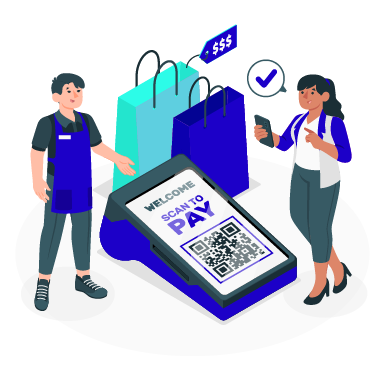
Road ahead for merchants
The prevalence of different payment options creates lucrative opportunities for businesses. Sellers of products and services can increase their bottom line by taking the right steps.
- Build a frictionless consumer experience: Merchants today can convert casual shoppers into buyers by providing multiple payment options. Consumers will be attracted to the ease of payment and the sheer convenience might bring them back again.
- Choose the right fintech partner: An intelligent fintech platform like DiWa can help merchants to create omnichannel payment options that are speedy and seamless. Businesses can join a thriving ecosystem of merchants and partners as well as gain opportunities to cross-sell and upsell.
Summing up
The technology required to revolutionize payments is already here, and users love it. All that remains is for digital-forward businesses to climb on board. The digital payment market worldwide is growing at a fast clip. Valued at USD 88.1 billion in 2021, the global digital payment market is expected to reach USD 180.2 billion by 2026 (Source: Markets and Markets).
That means users might enjoy even more seamless payment experiences in the coming days. And as the benefits trickle down, satisfied customers are likely to drive revenue growth for digital-first merchants.

